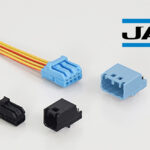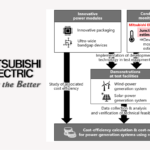ASIA ELECTRONICS INDUSTRYYOUR WINDOW TO SMART MANUFACTURING
Japan Parts Makers Set Sights on Advanced Mobility
Japanese electronic component manufacturers are stepping up technological development of automotive parts and modules for next-generation mobility. Accordingly, their main objective is to meet the future needs of automobiles, such as fully autonomous driving, next-generation electric vehicles (EVs), integrated ECUs, comfort improvements, sustainability, and software-defined vehicles (SDVs).
The global automotive market has been seeing the rise of megatrends such as connected, autonomous, shared, and electric (CASE) and SDV. For that reason, electronic components companies are actively developing new products and technologies for market penetration from 2028 and beyond.
At the recent Automotive Engineering Exposition 2025 YOKOHAMA held at Pacifico Yokohama in Japan’s Yokohama City), major Japanese electronic component gave visitors a peak of the future technologies they will introduce.
Companies showed how the automotive architecture will evolve for fully autonomous driving as well as the increase in the capacity and voltage of EVs. Moreover, they have also highlighted the fusion of mobility and artificial intelligence (AI) as well as sustainability.
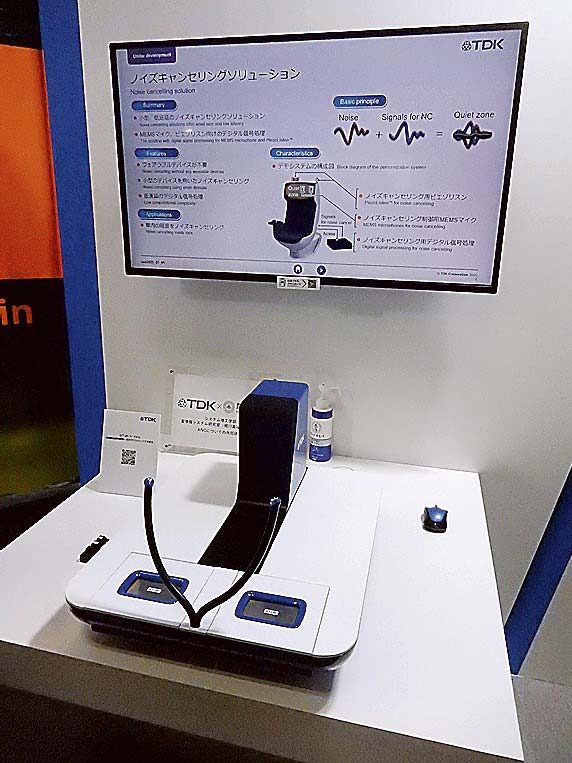
Noise-Cancellation Solution
TDK Corporation has discussed its plans of introducing an enhanced in-car noise cancelling solution. Specifically, the company will combine its PiezoListen speaker, a MEMS microphone, and a digital signal processor.
The PiezoListen is a thin and lightweight sound-deadening device developed using piezo speaker technology. Particularly, it reproduces waves in opposite phases, allowing passengers to cancel in-car noise simply by sitting in their seats. The enhanced version has expanded the target frequency range to 100~800 Hz and improved the sound deadening performance.
Accurate Temperature Sensing
Murata Manufacturing exhibited the world’s first NTC thermistor for power semiconductors with a resin mold structure and wire bonding compatible “FTI Series”. Since the isolation package allows power semiconductors to be mounted in close proximity, it is possible to perform more accurate temperature detection than conventional thermistors, and maximize the performance of power modules.
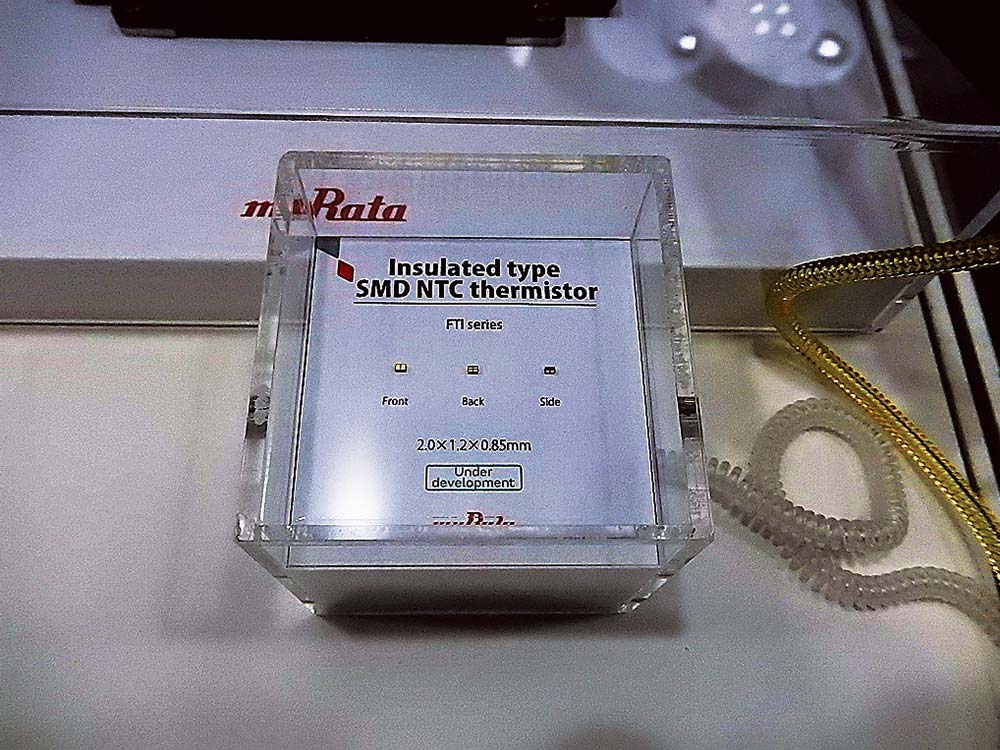
Even if the number of power semiconductors is reduced, the same performance as before can be maintained, contributing to the reduction of mounting area and cost.
On the other hand, Alps Alpine demonstrated the AFR/AFDU series haptic reactor haptic actuator in an in-vehicle system. The compact AFDU series achieves 4.5G vibration acceleration at a thickness of 5 millimeters. By optimizing the mechanical and magnetic design while maintaining high vibration performance, it has sufficient vibration force while keeping the size down.
Nippon Chemi-Con exhibited for the first time a prototype of a high-pixel camera module equipped with Japan’s first next-generation high-speed interface ASA-ML and demonstrated using the camera module. The company also unveiled a substrate-based self-supporting electric double-layer capacitor and a chip-type electric double-layer capacitor under development.
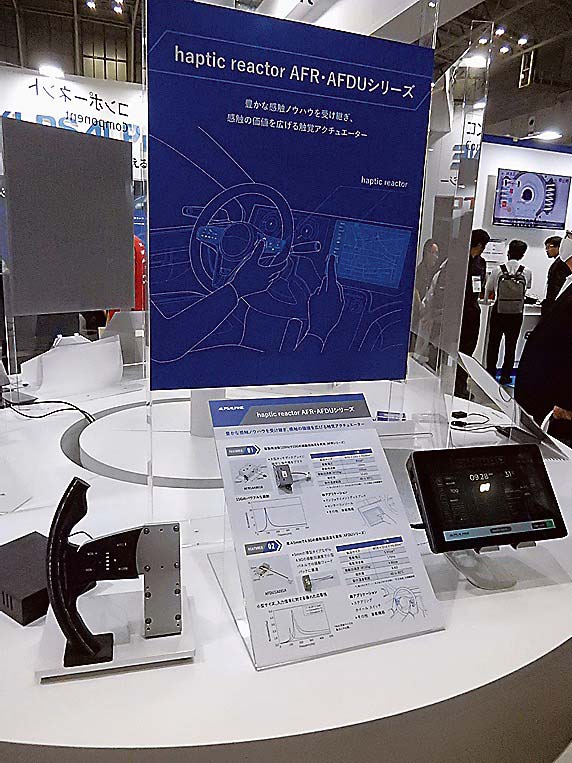
Meanwhile, Nichicon Corporation promoted a new product of conductive polymer hybrid aluminum electrolytic capacitors (hybrid capacitors) that can handle high temperatures and high ripple currents that meet the requirements of the automotive market.
Connector Manufacturers Take Spotlight, Too
Many connector manufacturers have also participated in the Automotive Engineering Exposition. TE Connectivity offers solutions to address trends in the automotive market, such as SDV, 800V high voltage, high-speed communication connectivity, and shorter EV development times.
The company emphasized its high-speed communication bonding solution to meet the need for integrated connectors, the replacement of aluminum wires to reduce the weight of vehicle bodies, and the reduction of assembly costs by automating the assembly process.
Japan Aviation Electronics Industry Co., Ltd. exhibited its latest product lineup of automotive floating board-to-board connectors under the “SpeedFloat” brand, which combines high-speed transmission and two-point contacts. The company introduced a power supply composite hybrid connector that supports 16 Gbps high-speed transmission that is currently under development for integrated ECUs.
IRISO Electronics Co., Ltd. exhibited a 32 Gbps high-speed transmission floating connector (PCIe Gen5 compatible) for integrated ECUs as a reference exhibit. KEL exhibited a 140-degree vibration-resistant type floating connector for the powertrain system as a new concept product for the drivetrain.
Meanwhile, Hirose Electric conducted a vibration demonstration of the FX26 series of vibration-isolating structures and board-to-board floating connectors. SMK proposed the “Washable Textile Connector Reactex” as a connector for washable textiles for driver monitoring applications.
17 June 2025
This is an English translation of a Japanese article published in Dempa Shimbun Daily.

